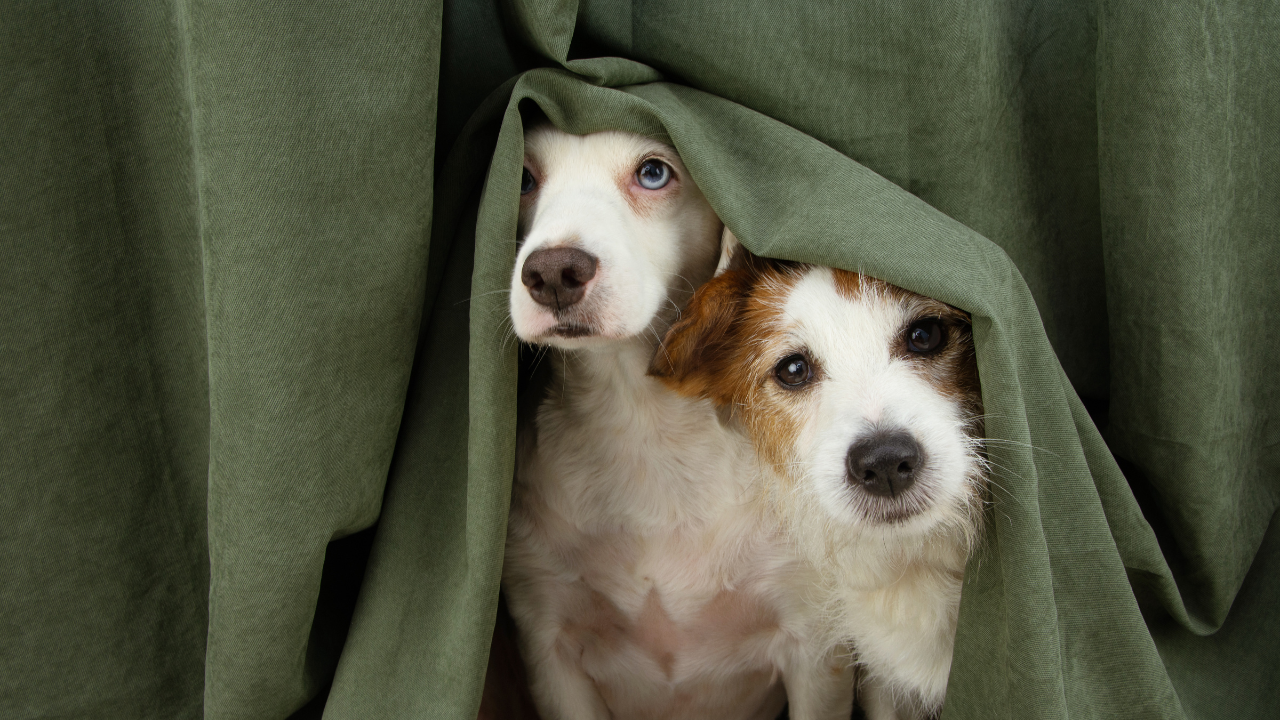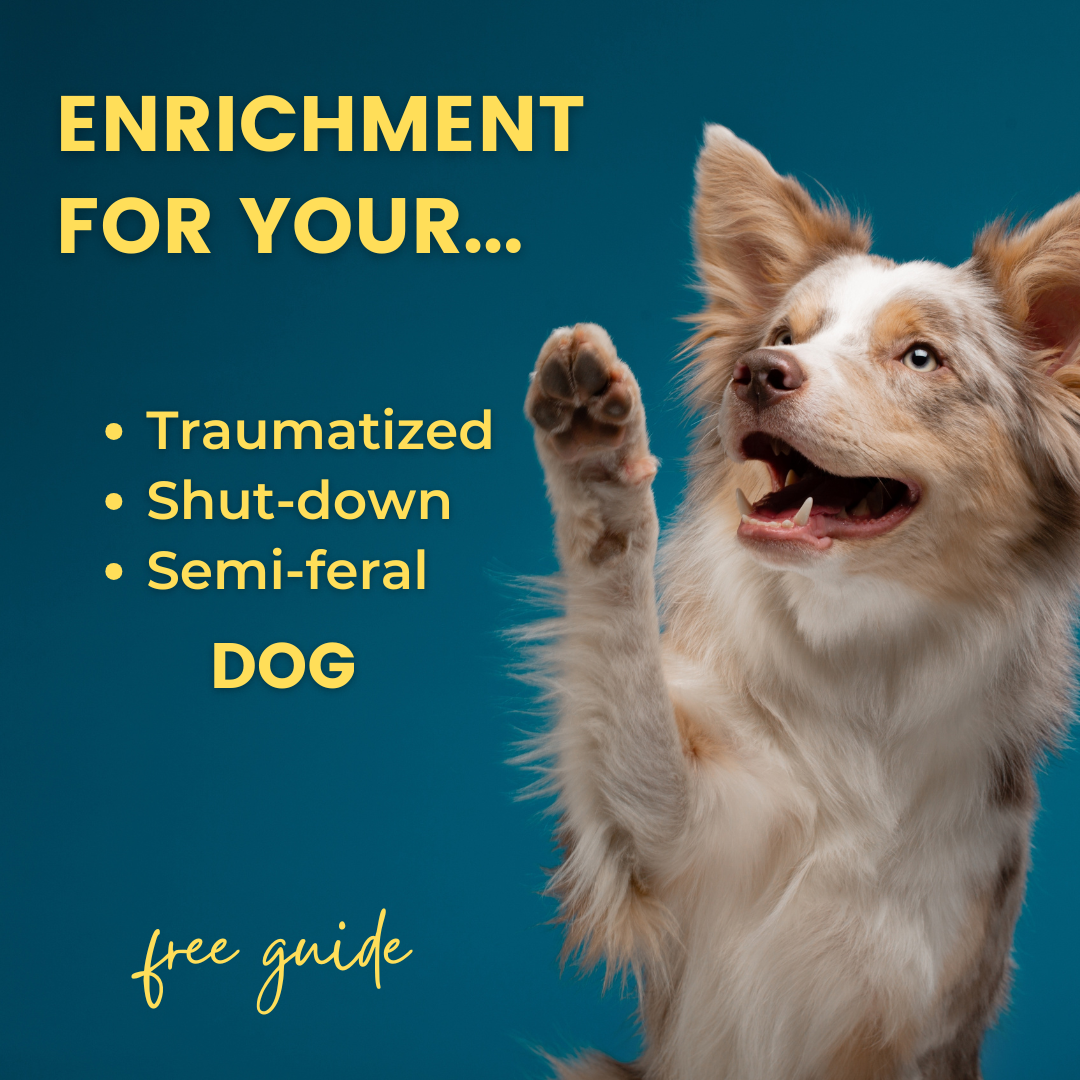Safe Spaces For Fearful Dogs
Sep 12, 2022
Do you have a dog who hides under furniture, in a back room, or in a bathroom? Or barks at visitors or family members? If so, a safe space in your home could improve your dog's quality of life.
What Is A Safe Space?
A safe space for a fearful dog is a dedicated area of your home (or yard) where your dog can hide, rest, and have all of their needs met. Indoor safe spaces are usually something like a pen, or a spare room. An important aspect of a safe space is that it is just for the dog- people or other pets shouldn't invade this space.
Why Set Up A Safe Space?
For very fearful dogs, having a safe space is critical for the following reasons:
- Dog doesn't have to move around the house to get what they need: Many fearful dogs are hesitant to move around the house at first. This can result in a fearful dog not getting what they need (like water, or to a toilet area), or venturing out and then getting stranded somewhere in the house when they get scared. A safe space keeps the dog in proximity to all the necessities.
- It's a smaller area for you to shield from scary stuff: Outdoor or indoor noises, family members moving around, other pets- all of these can stress out a fearful dog. It's much easier to try to insulate a small safe space from these scary stimuli, vs. managing the entire house.
- Contains a toilet area and limits accidents: Some dogs are reluctant to go outside to eliminate. Providing potty pads, a turf square, or other toilet options within their safe space means you won't be cleaning up accidents all over the house. Check out this earlier video on indoor potty areas for more information.
- Keeps people and pets out: The fencing (or closed door) that keeps your dog in their safe space, also keeps other pets and family members out. Curious pets and family members might be well-meaning, but approaching a fearful dog can really scare them. A safe space gives them what amounts to "personal space".
- Provides opportunity for safe exploration and play: When your fearful dog doesn't have to worry about getting their basic needs met, or hiding from people or other pets, they become more motivated to explore and interact with their environment in positive ways. Their safe space is likely where exploration, and even play, will happen first!
Setting Up A Safe Space
Check out the video for examples of safe spaces contributed by our free support community on Facebook. There are many variations on safe spaces, but here are the basics:
- Location: Ideal safe space location is usually in a low traffic area of your home, like in a spare bedroom. Avoid parts of the house that get a lot of street noise. Outdoor access- like a dog door- can be a bonus, if the dog will go outside.
- Materials to create the space: A safe space can be an entire room, like a guest room. But more often, they are pens in a corner of a less-used room. Pens can be created using ex-pens or other play pen type fencing. You'll want to cover the floor of the pen with potty pads (I often put a tarp underneath the potty pads to better protect the floor from accidents.) Covering the sides of the pen with blankets provides the dog with more privacy.
- Inside the safe space: Include all of your dog's essentials inside the safe space. Comfortable bedding, a covered crate or other hiding spot, water bowl, toilet area, and toys are some of the basics.
- Masking noise: Many fearful dogs are sensitive to outdoor and household noises. Consider using a white noise machine, music, or even a fan next to the safe space to mask potentially startling sounds.
If you have a safe space for your dog that you love, or if you're having trouble setting one up, Shoot us a message or email ([email protected]). We'd love to hear what is working for you, or how we can help.
If you're looking for more training support for your fearful pup, check out our monthly training membership, or our one-on-one training program.



